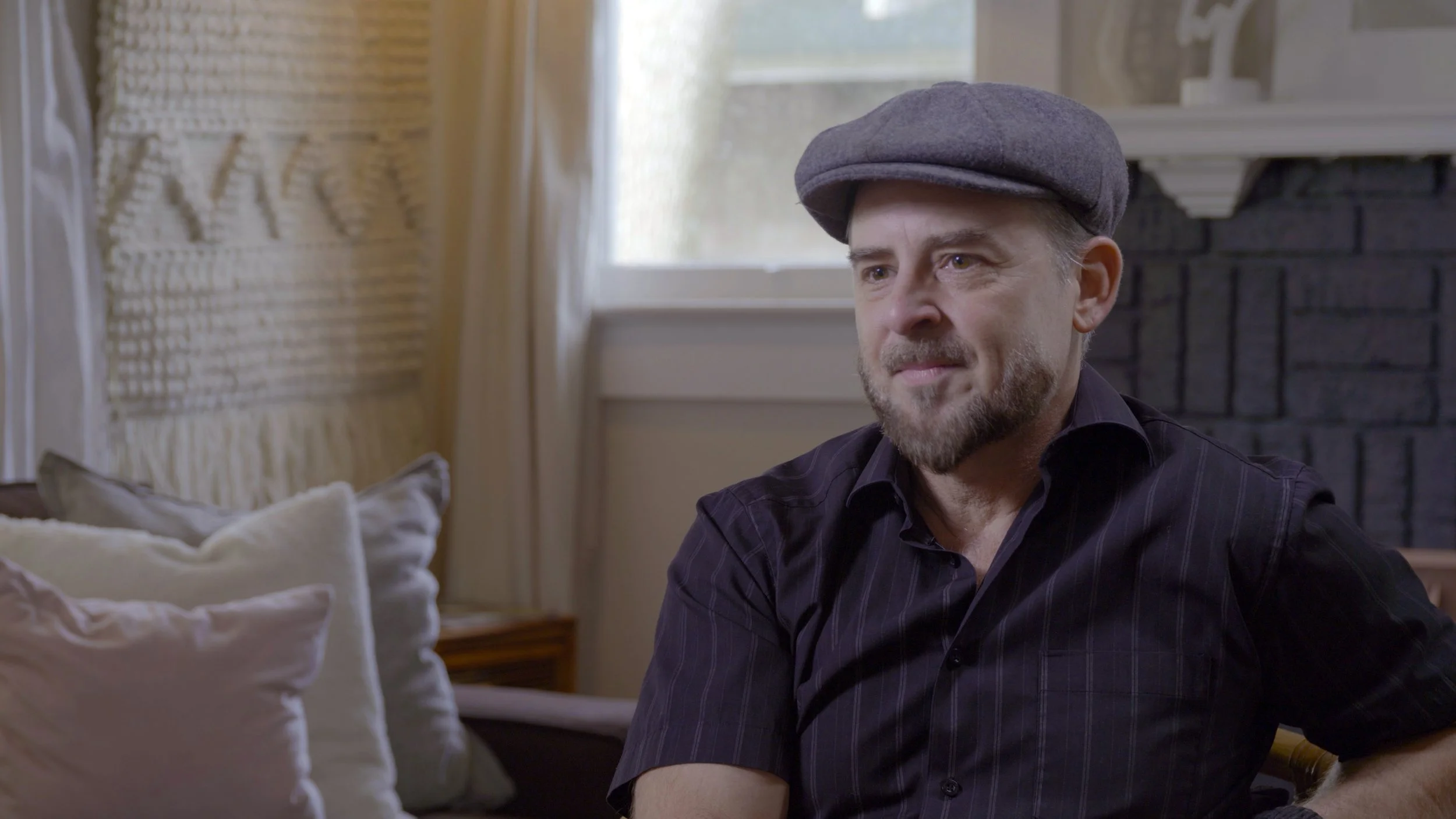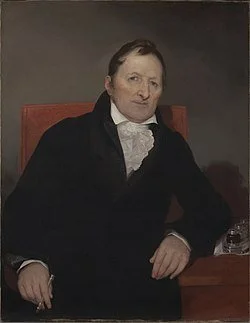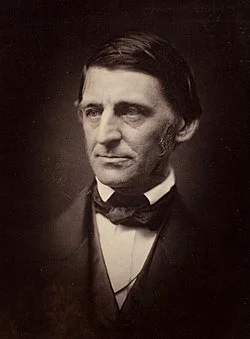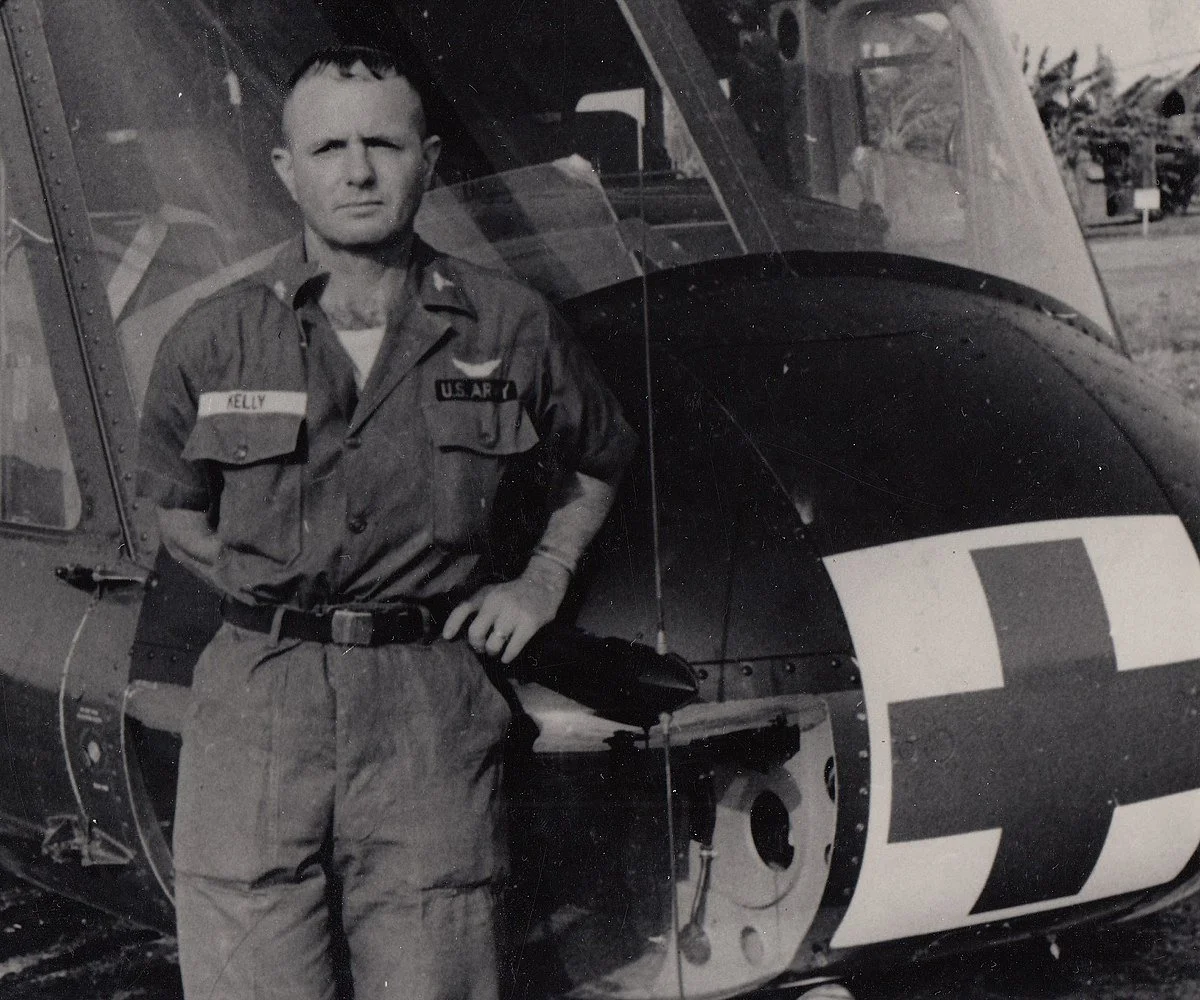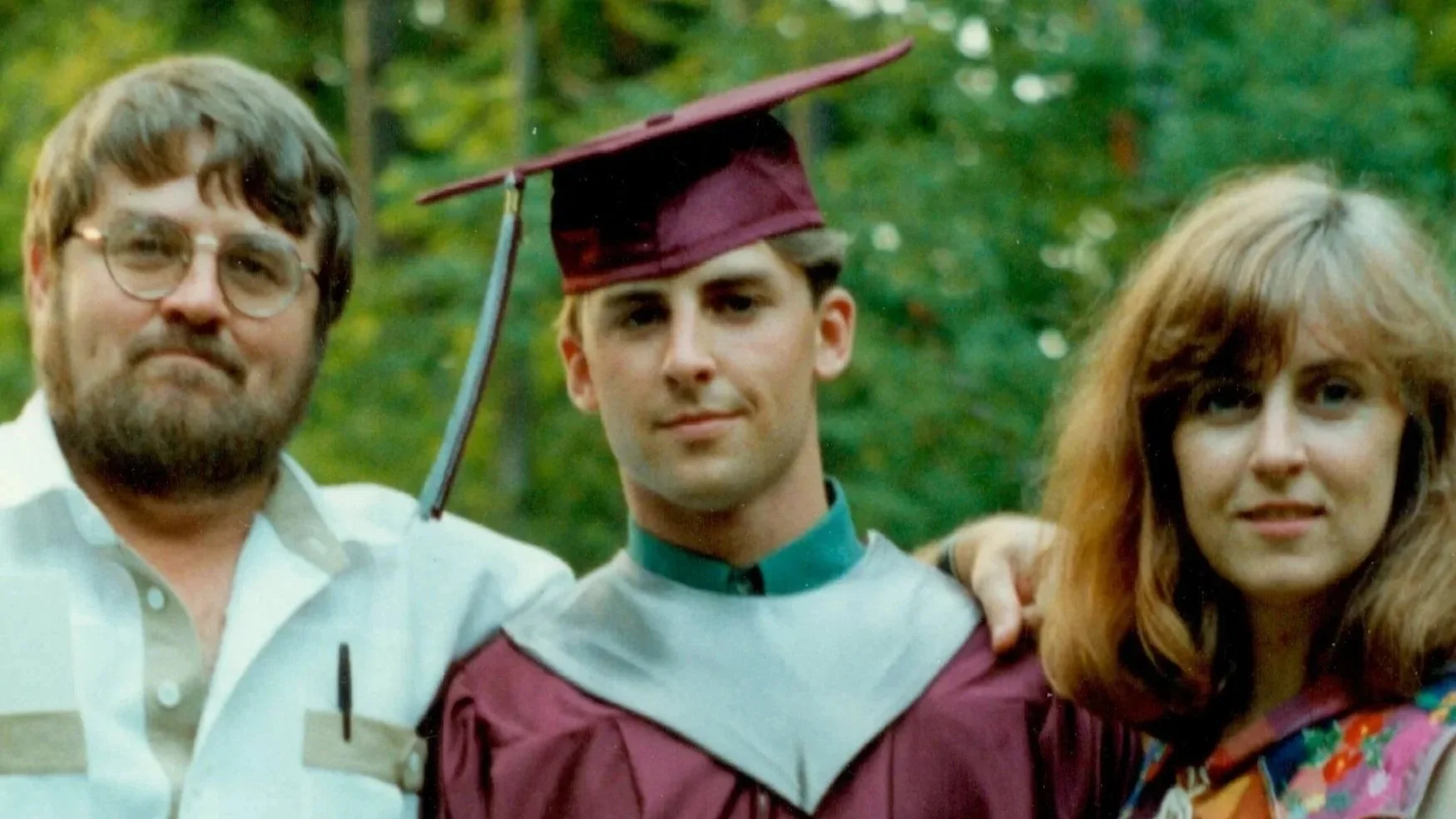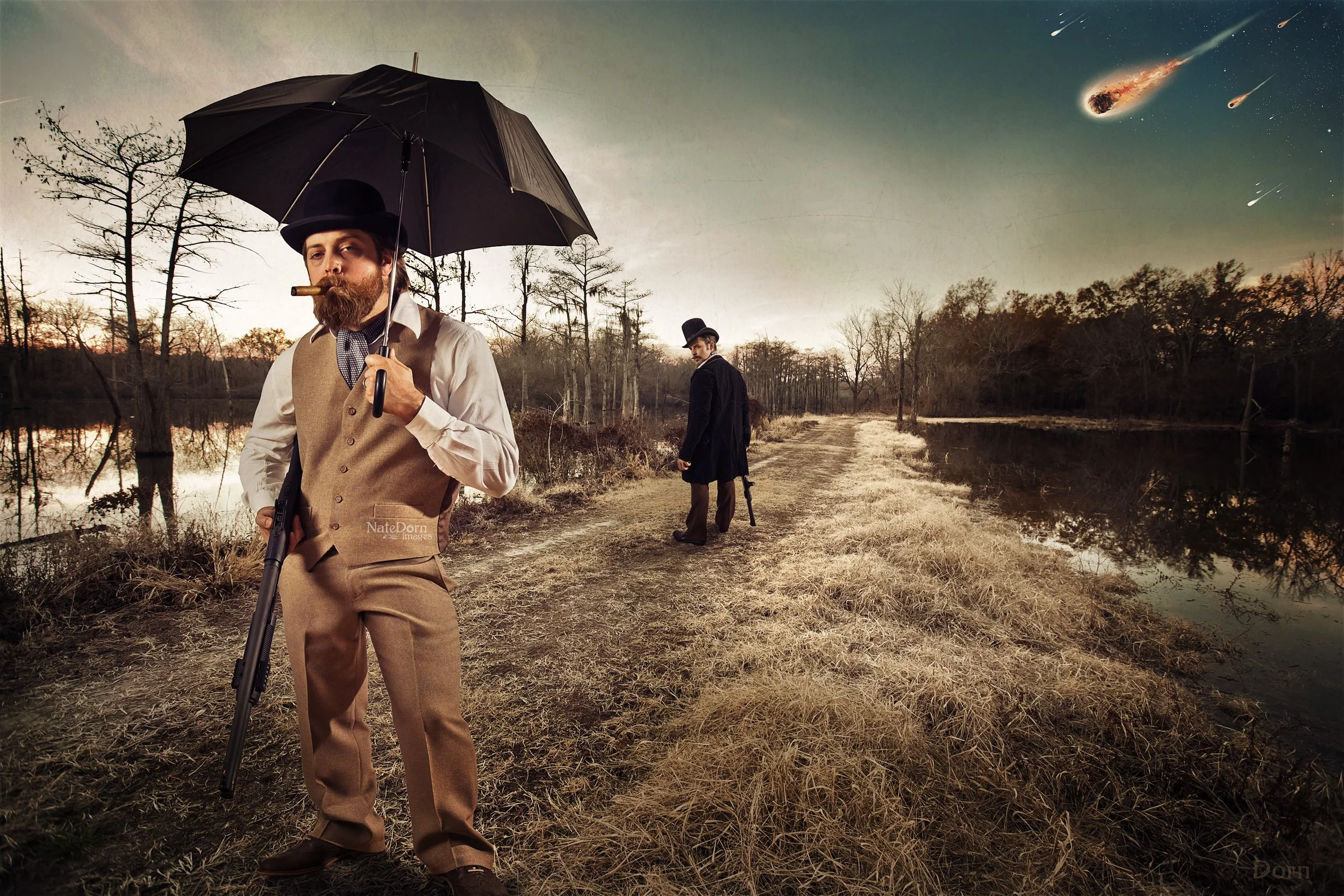NATE DORN
Nate comes from a long line of Dorns (and Murphys). His family can trace their ancestry back to the year 1300. Some of his kin came to the Americas on the Mayflower, were present at the founding of the South Carolina and Georgia colonies and a few were historical figures and legends.
Nate Dorn comes from a long line of Dorns (and Murphys). His family can trace their ancestry back to the year 1300. Some of his kin came to the Americas on the Mayflower, were present at the founding of the South Carolina and Georgia colonies and a few were historical figures and legends.
JOHN ROLFE
An English explorer and farmer who was the first Virginia colonist to successfully cultivate a tobacco crop for export. He is better known for marrying the Native American icon, Pocahontas.
ELI WHITNEY
An American inventor known for inventing the cotton gin, one of the cornerstone innovations of the Industrial Revolution and a key factor contributing to the rise of the Antebellum South’s economic power.
RALPH WALDO EMERSON
American poet, abolitionist, philosopher and leader of the Transcendentalist movement, Emerson was a voice celebrating individualism and non-conformity.
CHARLES KELLY SR
A US Army helicopter pilot and medical evac commander in the Vietnam War. Killed in action on a rescue op, he lives on through his code of conduct and pioneering dust off techniques that have saved countless lives.
Needless to say, Nate had some big shoes that came before him. But each of these monolithic men have left their mark on his family.
Nate going off to college
As we mentioned, when Nate attended college in his hometown of Augusta, GA. Wanting his independence, he constantly hustled to find work to make ends meet while in school. He worked a handful of jobs. He waited tables at Applebees, was a physical therapist, and he even was charging kids to join the backyard volleyball tournaments he put on. One day he heard a radio ad from a local sperm bank that promised good pay to that would ‘help families out’ and he inquired.
He interviewed with the bank and they took his (limited) healthy history, family history, and ancestry information and just like that he was a donor. The sperm bank told him that his donations would be used for 20 family units and then promptly retired. A ‘family units’ to them was defined by each ‘unit’ could have 1 child or 10 children, but that would encompass a ‘single family unit’.
Nate donated and moved on. He was 19, and just starting out on his path. Later, he would be asked by the sperm bank to come back to donate again, so families who had already used his sample could have siblings who were genetically identical. He obliged and once that was done, Nate was done.
He went out and lived his life. He travelled, found adventure, and began his career. After wandering and exploring for a while, Nate finally found a bit of a north star thanks to his brother, Travis. They started a creative video and photography practice and didn’t look back. They began visually creating among their peers, they were life of the party as wedding photographers, and then they parlayed that creativity into advertising work.
They shot a pile of short films and became a staple in the Atlanta indie film community. Nate’s portfolio grew and his clients became less brides and more agencies. His practice evolved and he would find success unleashing his creative vision for more and more ad work.
Years later an email out of the blue and a client shoot in Orlando would lead to meeting his 'first born,’ 17 year old Kianni Arroyo.

